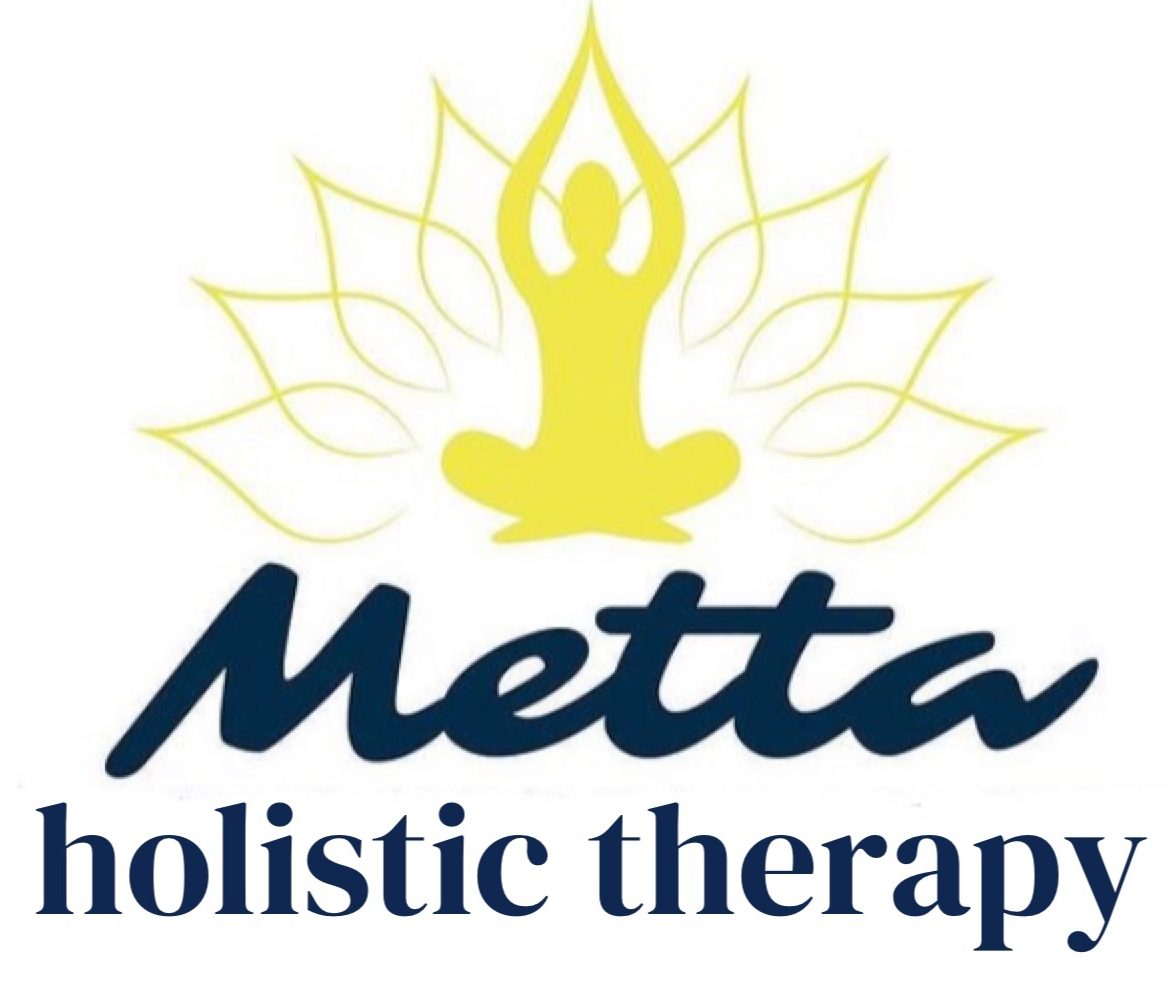Trauma is a complex and profound experience that can have lasting effects on an individual’s mental and physical well-being. In recent years, scientific research has delved into the intricate ways in which trauma, particularly post-traumatic stress disorder (PTSD), affects both the brain and the body. Understanding these processes not only sheds light on the challenges faced by those with PTSD but also points the way towards innovative therapeutic interventions. In this exploration, we’ll unravel the science behind trauma and examine how PTSD leaves its indelible mark on the intricate systems of our brains and bodies.
The Brain’s Response to Trauma:
When confronted with a traumatic event, the brain’s intricate defense mechanisms are triggered. The amygdala, a region responsible for processing emotions, and the hippocampus, vital for memory formation, are immediately engaged. In the face of danger, the brain initiates the “fight or flight” response, flooding the body with stress hormones like cortisol and adrenaline.
For individuals with PTSD, this stress response can become hypersensitive, causing the brain to overreact to non-threatening stimuli. The amygdala may become hyperactive, leading to increased emotional reactivity, while the hippocampus may shrink, impairing the ability to differentiate between past trauma and present safety. The result is a persistent state of heightened arousal, where even everyday situations can evoke overwhelming anxiety and fear.
Neurotransmitters and the PTSD Brain:
The brain’s communication network relies on neurotransmitters, chemical messengers that transmit signals between neurons. In the context of trauma, imbalances in neurotransmitters such as serotonin and dopamine can occur. These imbalances are associated with mood disorders, contributing to the emotional dysregulation often seen in individuals with PTSD.
Moreover, chronic stress can lead to neuroinflammation—a process where the brain’s immune cells become activated. This inflammation has been linked to a range of mental health conditions, including PTSD. Understanding these neurobiological changes is crucial for developing targeted treatments that address the root causes of PTSD symptoms.
The Impact on Memory and Cognitive Function:
Trauma can profoundly affect how the brain processes and stores memories. Flashbacks and intrusive memories, hallmark symptoms of PTSD, are thought to stem from the way traumatic memories are encoded and retrieved. The fragmented and vivid nature of these memories can make it challenging for individuals with PTSD to distinguish between past trauma and present reality.
Cognitive functions such as attention, concentration, and decision-making may also be compromised. The constant state of alertness and hypervigilance can lead to difficulties in focusing on day-to-day tasks, impairing overall cognitive performance.
The Body’s Response to Trauma:
The effects of trauma extend beyond the confines of the brain, manifesting in tangible ways throughout the body. The perpetual state of stress associated with PTSD can contribute to a range of physical health issues.
1. **The Stress Hormone Cascade:**
– Prolonged exposure to stress hormones like cortisol can disrupt the body’s natural balance, impacting immune function, metabolism, and sleep patterns.
2. **The Immune System and Inflammation:**
– Chronic stress weakens the immune system, making individuals more susceptible to illnesses. Additionally, inflammation, a natural response to stress, can become chronic and contribute to various health problems.
3. **Cardiovascular Impact:**
– PTSD has been linked to an increased risk of cardiovascular issues, including hypertension and heart disease. The persistent activation of the stress response can put a strain on the cardiovascular system.
4. **Sleep Disturbances:**
– Trauma and PTSD often accompany sleep disturbances, such as nightmares and insomnia. The resulting sleep deprivation further exacerbates both mental and physical health challenges.
Conclusion:
The science of trauma and its impact on the brain and body is a complex and evolving field of study. Recognizing the profound interplay between psychological and physiological processes is a crucial step toward developing comprehensive and effective interventions for individuals with PTSD. By understanding the intricate ways in which trauma leaves its mark, we can pave the way for trauma-informed approaches that address the root causes and provide holistic healing for those on their journey towards recovery.
If you have any more questions about the science of PTSD, mental health therapy or trauma therapy please reach out via the Metta Holistic Therapy contact page or email me directly at reneeminxtherapy@gmail.com – if you’re in crisis or an emergency please call 911.
